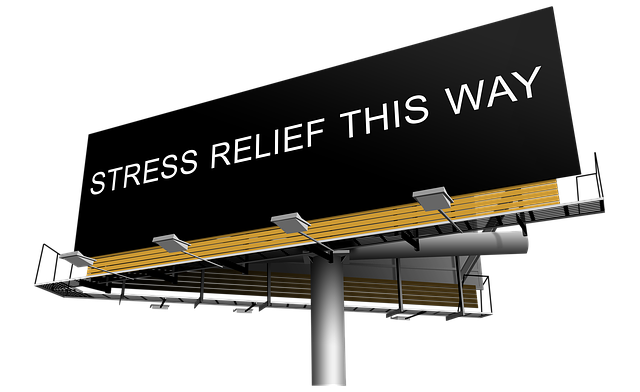Archive for December 2022
Healing a Herniated Disc
The plain truth is that most herniated discs WILL heal themselves, given enough time and attention to rehabilitation. Depending on the location of the compromised disc and the way it is herniated, healing times vary from as low as 4-6 weeks to longer than a year and certain people and injuries are more predisposed to reaggravation. The point is that each person’s injury is a reflection of their circumstances: lifestyle choices, degrees of strength and flexibility, genetic predisposition, and other factors contribute to a breaking point that leaves you in pain. Outdated wisdom would have you resting for weeks on end until the injury is healed, at which point you can supposedly magically get up and go. Today things are different: while an initial period of rest may be advisable, completely avoiding activity may be counterproductive to your healing.
At our office, we focus on alleviating the pain first so that you can conduct activities despite your physical limitation. Using chiropractic adjustment, therapeutic massage, and corrective exercise and strengthening, we open up the injurious region to an influx of healing nutrients and oxygen with enhanced blood flow. We focus on rebuilding the region by strengthening supportive muscles and using chiropractic adjustment to make sure that your range of motion is protected.
When the pain is manageable, we want you to resume a schedule of normal activity, albeit at a reduced intensity; any activity that creates or aggravates your symptoms should be immediately ceased. However, most people find that even with their pain they can perform light aerobic activities, stretches, and certain strengthening exercises. This prevents muscles from atrophying and tissues from becoming more vulnerable to injury due to lack of movement.
Stress Management
Stress comes in many shapes and sizes and doses and it has a precarious relationship with the workplace. While working to make money to live is necessarily one of the largest stressors in human existence, there are ways to manage your stress to avoid becoming entirely spun out. Everyone knows that guy or gal who prides themselves on performing under pressure, but this begs the question: are they actually working smarter or just harder?
We believe in the former over the latter as a formula for success, and we want to help you be proactive in the management of your stress. In our office we can help correct physical ailments that may be causing you pain and, consequently, stress, as well as help regulate your nervous system to optimize your functionality as both a worker and a healthy human.
Other ways we can help are by helping you find techniques to keep you cool under pressure throughout the day. Here are some simple ways we have found to prove effective:
- Chewing gum: studies show that it actually decreases anxiety.
- Cooling down: anger and anxiety have a tendency to raise blood temperature which then makes you feel overheated and angry. Placing a cool towel on your wrists is a great technique for managing this.
- Squeezing a stress ball: a simple, tried and true method for squeezing out the stress.
- Getting outside: if its sunny, a boost of vitamin D is always helpful and a vigorous walk can do wonders for productivity and alleviating stress.
- Green tea & coffee: Despite what coffee culture would have you believe, caffeine can actually cause more anxiety and interfere with productivity more than it helps. Green tea, on the other hand, contains health-boosting anti-oxidants and a chemical called L-Theanine which promotes calm.
- Getting extra rest helps cognitive function and reduces stress levels even in notoriously stressful situations.
- Drinking water also helps relieve stress by increasing mental activity which in turn helps solve problems faster.
If all else fails, take a deep breath. We are here to help you; give our office a call and we can start working on stress management together today.
Breathe Better
A sub-conscious activity that we sometimes perform in excess of 20,000 times a day? A lot of people would probably jump to blinking, which is correct also, but how about breathing? And while the muscles that control the reflexes of blinking stay in good working order throughout life, this is not necessarily the case for the diaphragm and its accessory muscles. The nerves that power the diaphragm can be interfered with, core muscles can be weakened with misuse and poor posture can subdue our respiratory process, meaning that we are not getting the oxygen our cells need to refresh and respire regularly. This is a problem!
The diaphragm is a sheet of muscle that separates the chest and lungs from the abdomen and is the engine of the respiratory system. Powered by the phrenic nerve, which exits between the C3 and C5 vertebrae, the diaphragm helps to circulate oxygen into the bloodstream, facilitate the exit of CO2 and contribute to the balance of the body and the health of the cells.
70-80% of each breath should be drawn using the diaphragm, yet people are less aware than ever of how to breathe properly. This leads to shallow breath patterns that resemble people suffering from anxiety and can interfere with their quality of life. At our chiropractic office, we are big fans of breathing properly. We keep your spine aligned so that your diaphragm can function fluidly, and help you keep the right muscles in a state of strength so that each breath drawn captures the oxygen you need to thrive. We can also show you proper breathing techniques and how posture affects your ability to breathe as well.



